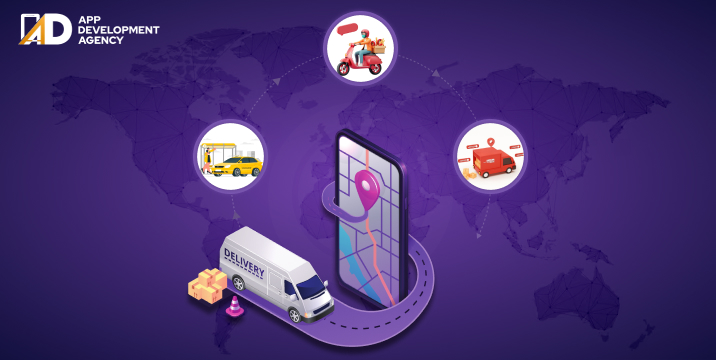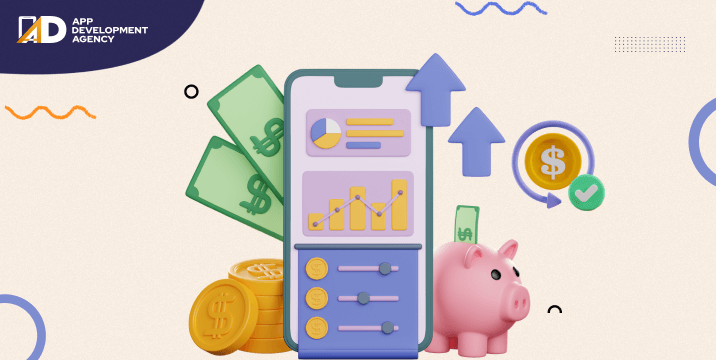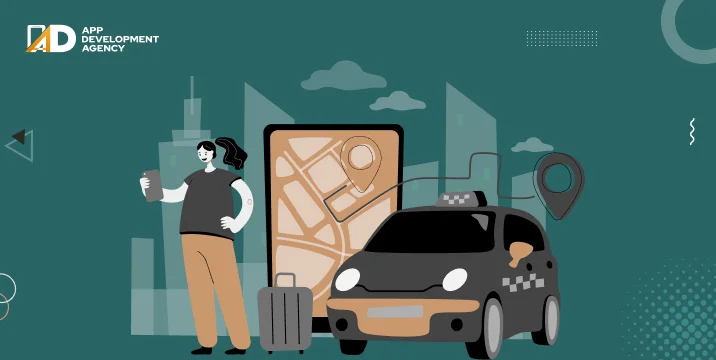Patterns of behavior that are influenced by a series of tests are known as test-driven development (TDD). It essentially forms the basis of behavior driven development (BDD). Earlier software development was mainly practiced to find technical solutions. These days it has become more user-centric. The purpose of developing the solution is defined and analyzed right from the initiation of the idea until the deployment of the solution.
As a software engineering paradigm, both behavior driven development vs. Test-driven development are kinds of Agile Development Methodology that encourage collaboration between development teams, testing teams, non-technical and business participants. This promotes a common platform to understand the purpose of the application to be developed and to develop a common solution simultaneously.
For most of the people, terms like Unit tests, test driven development and behavior driven development were used interchangeably, but while TDD focusses on the developer’s opinion on how parts of the software should work, BDD, on the other hand, focuses on the users’ opinion on how they want their applications to behave.
Developers perform unit tests on their codes/single unit of code that is usually a function in an object or a module. Such tests are specific to a single function and are simple and quick to run. There can be several unit tests on various parts of the program. Only once the program passes all the unit tests, it is then escalated to the test team for various other tests that include regression tests, integration tests, system tests, smoke tests, and user acceptance tests.
While test-driven development is a paradigm than a process, it fundamentally describes the cycle of writing a test first and then coding it at a later stage. This is often followed by an optional refactoring. But TDD is unable to answer the following questions:
One possible solution to all these pending problems is that instead of writing tests, the behavior of the application (as user wants it) must be specified. When the development efforts become more focused towards developing the functionality that is important to the user, this phase is completely user-centric disengaging the developers.
In traditional unit testing frameworks like Test:: Unit a test would look like this:
This piece of code definitely works but it also has some additional flaws like:
As opposed to this behavior-driven development, includes all the features that are missing from test-driven development. It involves specifying behavior in whole sentences. Not just the naming but the code syntax also reads naturally.
It is evident from the above code that a user lets us assign a name, but what is the actual value of the syntax?
Focusing on what exactly the sentence wants to say, it must specify the behavior or intent of each line, and when all these specifications are executed, they become the regression tests. In case a regression test fails, it clarifies all doubts about the loopholes (if any) within the application. Eventually, the application must be able to specify the features and the scenarios that are most important.
The very first and probably the biggest problem with the implementation of behavior driven development starts with writing scenarios, even before the actual development work starts. Usually, such scenarios are written by one person without the involvement of other parties (product owners, client and business analysts). These might contain a large number of steps which might become complex and difficult to understand. It sometimes becomes difficult to ascertain a few oversized assertions, to determine the purpose and fulfill certain conditions of the project. All the possible combinations of acceptance criteria are not always required. Rather it is important to align our purpose with the most important ones.
Instead of focusing on the business problem, product owners and clients tend to present their requirements on the user interface level. The fundamental purpose of implementing BDD is to answer question like: how an application should behave/work and does that new feature resolve an ongoing problem? Here the purpose is never to model the GUI just for the sake of looking good. A programmer has to simply separate the layers of abstraction over implementation details. The entire scenario revolves around the process and the logic.
Testers usually tend to start with GUI while they start writing scenarios from the user interface. Such scenarios might look like:
Giving it one detailed thought, the above scenario clearly depicts that it is login functionality but if more sentences are inserted the scenario might even lose its meaning.
In case programmers do not wish such BDD to become an unnecessary overhead, they should focus on the used tools and acceptance criteria template or on what kind of testing framework to use to automate BDD.
Ideologically the use of BDD can be demanding and difficult. If understood as a communication tool, there are ample chances that the efforts put in its introduction will be more than compensated. This can be even more helpful in case of Lean startup projects, where client’s needs have to be understood to discover business needs and verify the subsequent hypothesis.
In order to succeed with behavior driven development, top app development companies consider it important to keep proper hierarchy and scenarios management at different levels. Programmers face complex situations with technical scenarios. These could be written in Test driven development. But it is much easier to transcribe that larger business logic into scenarios in that particular case – in plain text. This helps us to document what we have, to pay off the ongoing technical debt and write a specification to what is already working.

For every average and middle-class individual, their owned cars are a major expense to them. The expense does not only mean purchasing an expensive vehicle, but it is also about the recurring expenses after making the car purchase; such as repair, maintenance, fuel cost, monthly car payment, car insurance, etc. What if we tell you …
Continue reading “Best Driving Apps to Make Money in 2024”
Read More
Story Time: It’s the last of the month… and you have a low balance in your bank account. You need money to pay off an EMI, but salary payday is still two days ahead. Sounds like skating on thin ice… Right? That’s where cash advance apps like Possible Finance come into the picture. ‘Cash Advance …
Continue reading “21 Top Apps like Possible Finance to Get Instant Money in 2024”
Read More
Is the ridesharing industry saturated now? No doubt there are already a lot of best ridesharing apps globally. However, as per Statista, the leading research site, the ridesharing market is expected to grow at 22.13% annually and reach $226 billion dollars by 2028. The numbers are crazy, and to further prove our point – Arro, …
Continue reading “14 Best RideShare Apps in 2024”
Read More